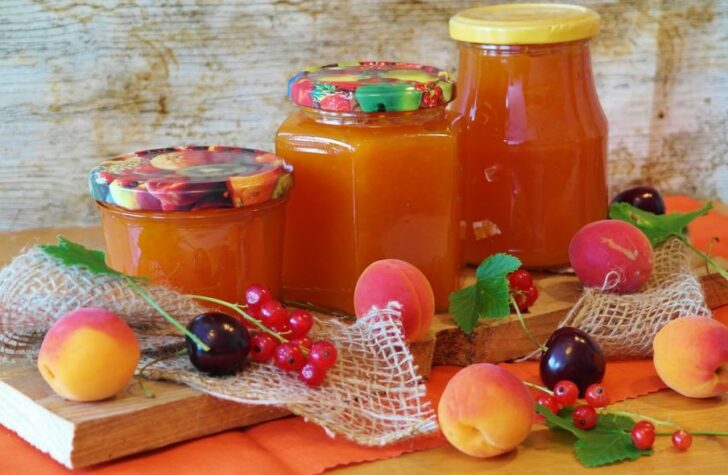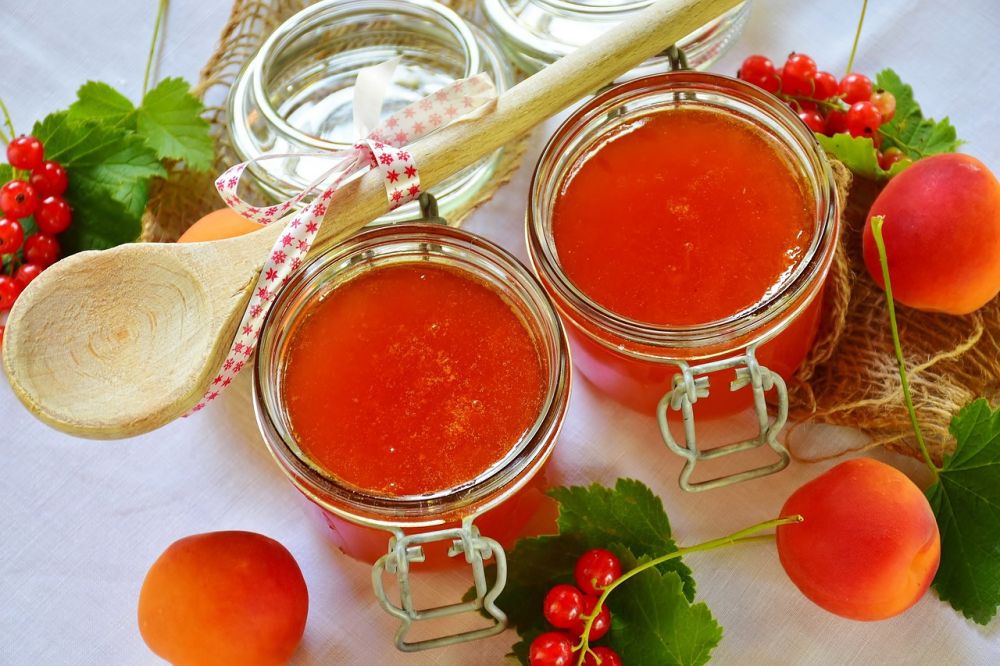Mascarpone dessert: A Delectable Delight for Food Enthusiasts

Mascarpone Dessert: A Delectable Delight for Food Enthusiasts
Introduction:

Mascarpone dessert is a luscious and creamy treat that has captivated the taste buds of food enthusiasts worldwide. This article delves into the realm of mascarpone desserts, exploring their nature, various types, popularity, and quantifying measurements. Additionally, we will discuss the differences between different mascarpone desserts and provide a historical overview of their advantages and disadvantages. Join us on this culinary journey and discover the world of mascarpone dessert!
Understanding Mascarpone Dessert: A Thorough Overview
Mascarpone dessert is a delectable Italian creation, widely known for its velvety texture and rich flavor. This creamy delicacy is made from mascarpone cheese, which is derived from double or triple cream, lending it a smooth and indulgent consistency. Mascarpone cheese is produced by coagulating cream with citric or tartaric acid, resulting in a soft and buttery cheese. The versatile nature of mascarpone makes it an ideal base for a variety of desserts, as its mild flavor complements a wide range of ingredients.
An Extensive Presentation: Types and Popularity of Mascarpone Dessert
There are numerous types of mascarpone desserts, each offering a unique and delightful experience. Some popular variations include:
1. Tiramisu: Arguably the most famous mascarpone dessert, tiramisu layers coffee-soaked ladyfingers with a creamy mascarpone mixture, creating a harmonious marriage of flavors.
2. Mascarpone Cheesecake: This velvety cheesecake features a mascarpone cheese filling, providing a smoother and lighter texture compared to traditional cream cheese-based cheesecakes.
3. Mascarpone Mousse: A dreamy and airy dessert, mascarpone mousse incorporates whipped mascarpone cheese, cream, and flavorings like fruit puree or chocolate for an indulgent treat.
4. Mascarpone Fruit Tart: A delightful combination of mascarpone cream and fresh seasonal fruits, this tart offers a burst of flavors and a creamy base.
The popularity of mascarpone desserts is steadily increasing due to their decadent taste and versatility. These desserts have gained recognition in both traditional and contemporary kitchens, earning a special place for themselves in the hearts of dessert lovers.
Quantifying Mascarpone Dessert: Measurements for Perfection
To ensure the perfect consistency and balance of flavors in a mascarpone dessert, quantifying measurements play a crucial role. The following approximate measurements are often recommended:
– Mascarpone Cheese: 8 ounces
– Heavy Cream: 1 cup
– Sugar: 1/4 to 1/2 cup, depending on desired sweetness
– Flavoring: Vanilla extract, liqueur, fruit puree, or chocolate (adjust to taste)
– Eggs (if necessary): Usually 2-3, separated
These measurements are a general guideline, and adjustments can be made based on personal preferences and the desired outcome. Experimentation with quantities allows for customization and creativity, leading to endless possibilities.
Differentiating Mascarpone Desserts: A Discussion
While all mascarpone desserts share the common thread of velvety richness, they differ in various aspects, including taste, texture, and presentation. The following factors contribute to the uniqueness of each mascarpone dessert:
1. Ingredients: Different combinations of flavors and elements create distinct tastes. Tiramisu relies on espresso and cocoa, while a mascarpone fruit tart highlights the freshness of seasonal fruits.
2. Texture: From the denseness of a cheesecake to the light and fluffy mousse, mascarpone desserts offer a variety of textures to suit different preferences.
3. Presentation: Each type of mascarpone dessert has its own aesthetic appeal. Tiramisu boasts layers of ladyfingers and cream, while a mascarpone fruit tart showcases the vibrant colors of fresh fruits.
The diversity within the realm of mascarpone desserts ensures that there is something for every dessert lover, allowing them to explore flavors and textures based on their unique preferences.
Historical Overview: Advantages and Disadvantages of Mascarpone Desserts
Historically, mascarpone desserts have evolved from traditional Italian recipes dating back several centuries. The advantages of mascarpone desserts lie in their harmonious blend of flavors and their ability to adapt to various culinary traditions.
On the other hand, some disadvantages include the relatively high fat content of mascarpone cheese, which may deter those mindful of their dietary intake. However, in moderation, mascarpone desserts can be enjoyed as part of a balanced diet, contributing to indulgent moments of pleasure.
Conclusion:
Mascarpone desserts are truly a culinary treasure that satisfies the cravings of food enthusiasts around the world. Whether it’s the classic tiramisu, a velvety cheesecake, a fluffy mousse, or a vibrant fruit tart, mascarpone desserts offer a plethora of options for indulging in creamy delights. Their versatility, quantifiable measurements, and unique differentiations make them an ideal choice for dessert enthusiasts seeking a gastronomic adventure. So, grab a spoon and embark on a journey full of mascarpone magic!

















